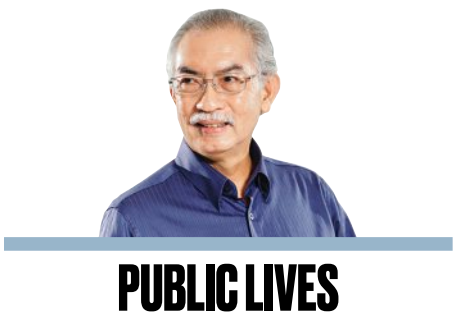Posted to Vigour Times (Jun 18, 2023): The Future of Maranao Children (By Mat Hutchison)

During my recent trip to Lanao del Sur to assess the progress made in the rehabilitation of Marawi, which was devastated by a five-month-long war with the Maute armed group, I had the opportunity to visit some of the villages surrounding Lake Lanao.
What I observed and heard during these visits convinced me that unless we decisively address the underlying conditions that contribute to economic stagnation and despair in these communities, we will continue to see the emergence of armed groups with various ideological and political beliefs.
The Maranao families in this region are larger than anywhere else in the country, while opportunities for livelihood are limited. As a result, young people drop out of school in order to support their families financially.
Even when they have a strong desire to complete their education, the girls in these communities tend to marry at a young age. The presence of a large number of children is noticeable everywhere. When the local health workers run out of contraception, family planning programs come to a halt.
In one coastal barangay along the northeastern side of the lake, I spoke to a local religious leader, who is around 50 years old, and he informed me that he has 14 children from three different wives. Although some of the men found this amusing, the women present showed no reaction. The sight of approximately 20 children surrounding us during our discussion about their families served as a stark reminder that if these kids do not receive a proper education and are not given the chance to obtain decent jobs in their community or abroad, they will be vulnerable to recruitment by armed groups.
Joining such groups becomes an attractive option for these children when they have limited opportunities and prospects.
While groups like Daulah Islamiyah-Maute and Abu Sayyaf may portray themselves as ideological, many individuals who join them see it primarily as a means of making a living.
Despite this situation, it is important to note that Lanao del Sur is not the poorest or most depressed province in the region.
The Maranao people have a reputation for being entrepreneurial and take great pride in the education and professional achievements of their children.
Before the Marawi Siege in 2017, no one could have predicted that a forward-thinking community like Lanao del Sur would become a breeding ground for a terrorist group linked to the Islamic State of Iraq and Syria. However, the signs were present in the demographic data.
The Bangsamoro Autonomous Region of Muslim Mindanao (BARMM), which includes Lanao del Sur, has consistently been the fastest-growing region in terms of population in the country.
In BARMM, Lanao del Sur has the highest average household size at 6.5. Girls outnumber boys in schools, and women graduates far outnumber men in both high school and college.
The total fertility rate (TFR), which is an estimate of the average number of children born to each woman aged 15 to 49, has historically been high in the Philippines compared to other countries in Southeast Asia. However, over the years, the TFR has gradually declined.
Despite this national trend, the rural areas of the Philippines, including BARMM, still have higher fertility rates.
In 2017, BARMM had a TFR of 3.1 compared to the overall national rate of 2.7. These rates are likely to decrease as more Muslim women have access to education and delay marriage.
This presents a challenge for Muslim Mindanao, as well as the rest of the country, in ensuring that education reaches even the most remote areas, particularly for women.
I believe this transformation is already taking place in Mindanao. Just a short distance from the ruins of Marawi lies the beautiful main campus of the Mindanao State University (MSU), which remains unaffected by the siege and continues to be a hub for intellectual growth and the aspirations of young people.
During my visit, I had the opportunity to interact with 15 social work students at the College of Public Affairs, most of whom were women. They had just completed their internships with the Community and Family Services International, the organization I was affiliated with. As they shared their field experiences, I caught a glimpse of the future these students dreamed of for Maranao children.
https://vigourtimes.com/the-future-of-maranao-children/

No comments:
Post a Comment
Note: Only a member of this blog may post a comment.